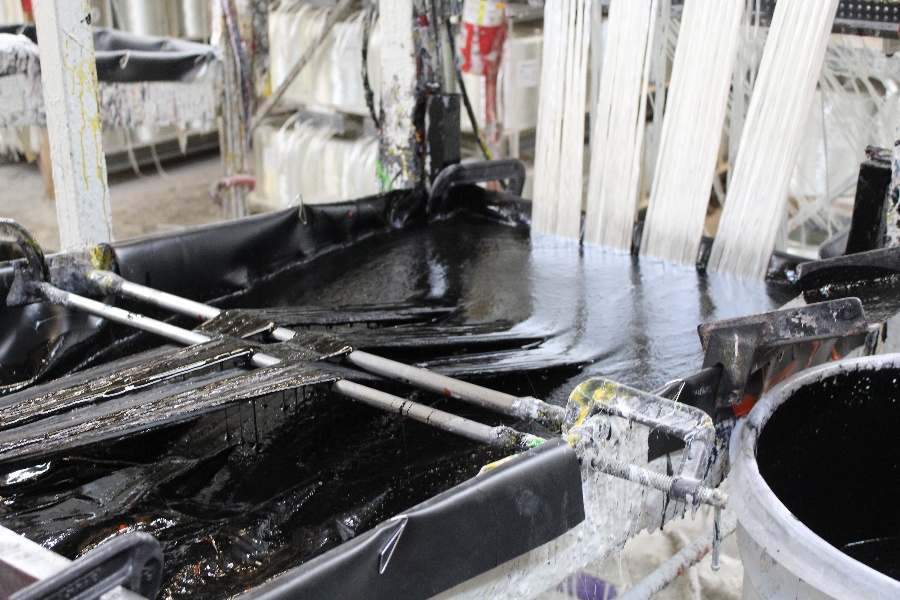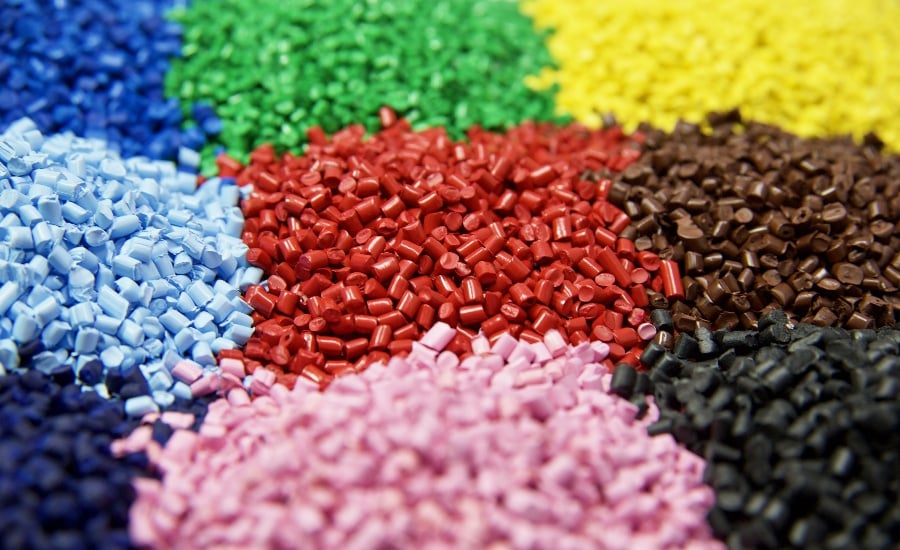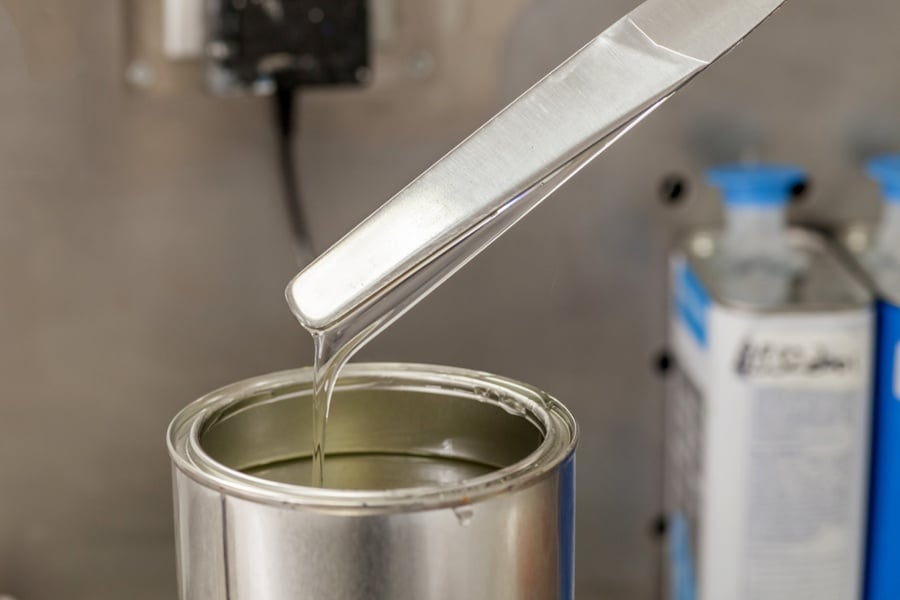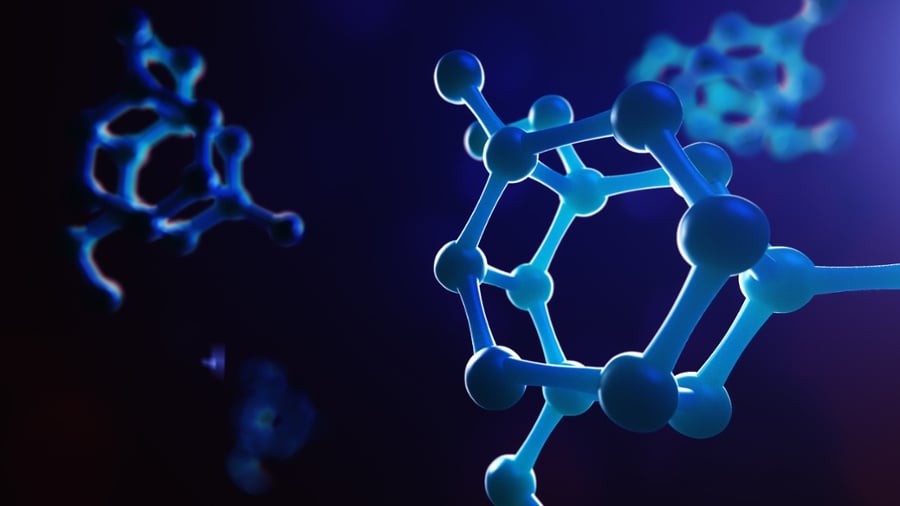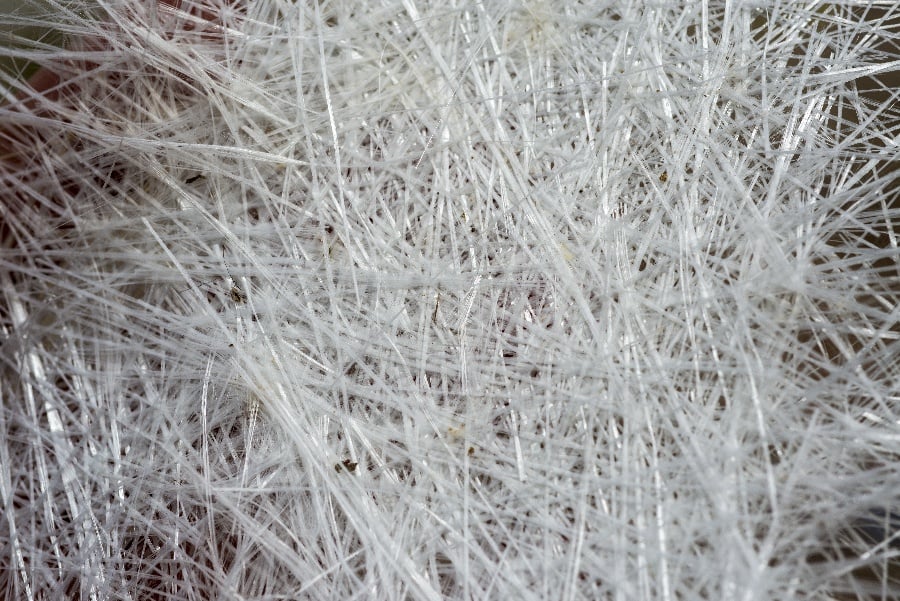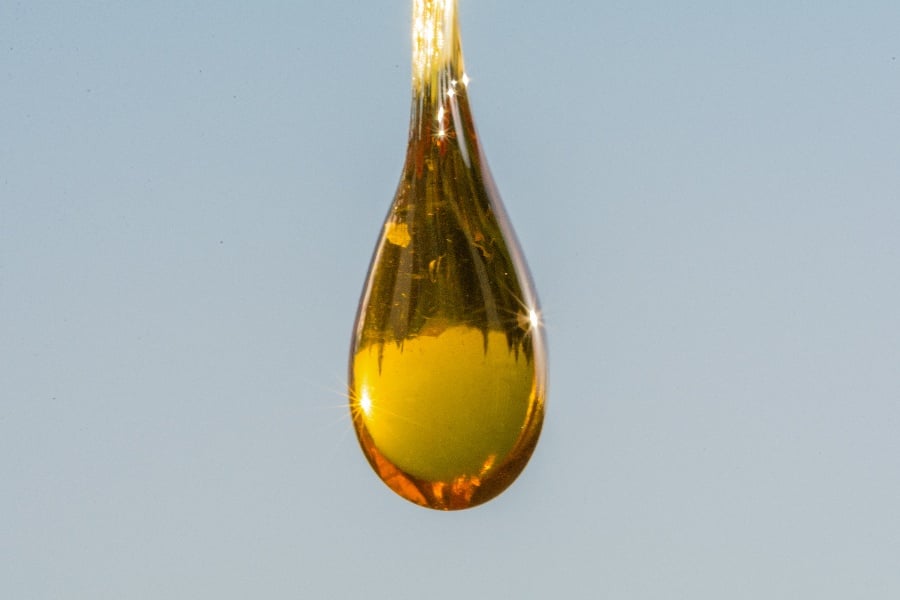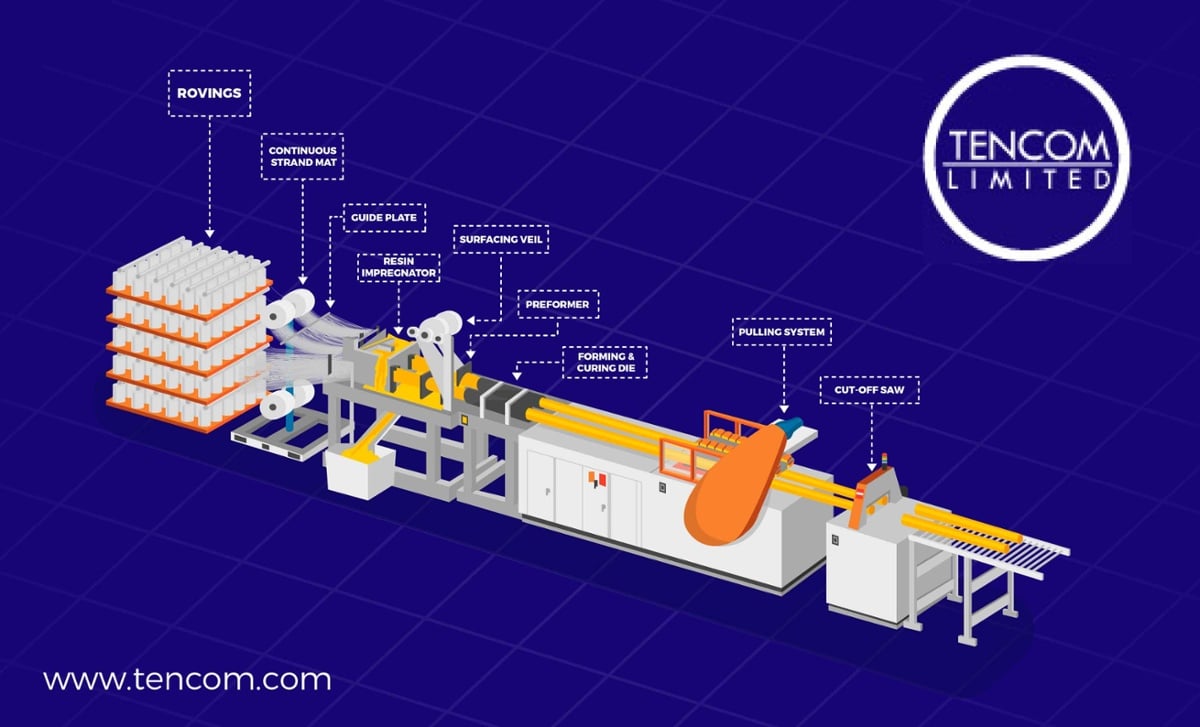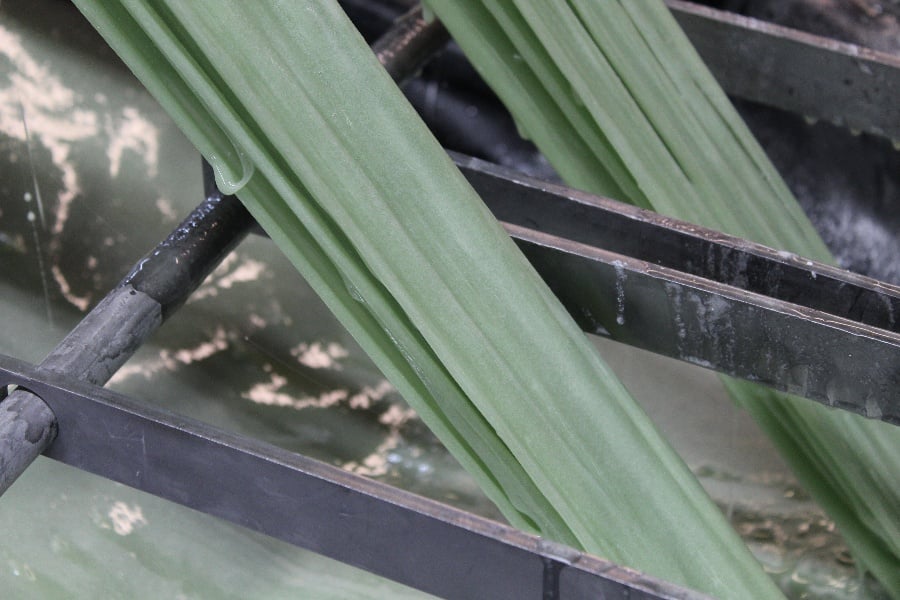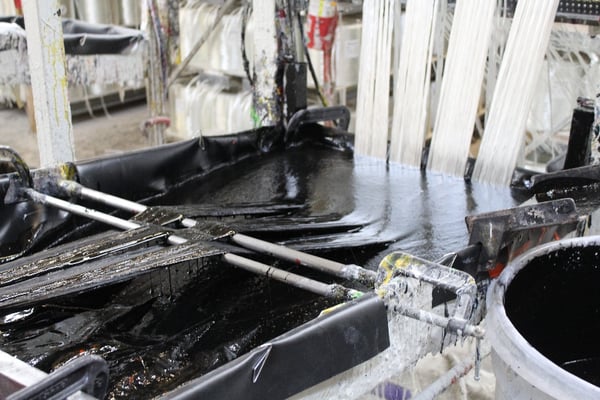
Over the last decade, the popularity of pultruded products has seen a dramatic increase. According to the results of recent surveys, these products are expected to become even more popular in the global manufacturing market, with their market share set to hit 2045.2 million by 2020.
This is, however, no surprise as they pack a bunch of appealing features. For instance, they boast exceptional durability and are also eco-friendly.
Their attractive features are attributed to a list of factors, the main one being the pultrusion resins used in the pultrusion manufacturing process.
The different Types of Pultrusion Resins
Pultrusion resins refer to the thermoset resins employed in the pultrusion process. Some of the most commonly used resins in the pultrusion process include;
- Polyester Resins
Polyester is the most widely used pultrusion resin in the composite manufacture industry, as it represents 75% of the total resins used in pultrusion. This is due to several reasons.
For instance, during the building of polymer chains, polyester resins are highly customizable. Hence boast excellent versatility and can be used in the manufacture of anything composite.
Other than versatility, depending on the structure of their building blocks, these pultrusion resins pack other desirable features, which make them even more popular.
For instance, premium polyester resins, also known as Isophthalic polyester, boast excellent resistance to corrosion. Hence are a popular option in the manufacture of products used in highly corrosive and aggressive environments.
General polyester resins, on the other hand, have average water-resistance hence are used in the fabrication of products used in less corrosive environments.
However, while polyester resins are versatile and durable, vinyl pultrusion resins are the preferred option where long-term durability is needed. Additionally, polyester resins emit a lot of odor during the pultrusion process.
- Epoxy
Like polyester, epoxy resins are also quite popular option. Even though their versatility cannot be compared to that of polyester, epoxy resins have the upper hand over the latter due to their low shrinkage rate.
This simply means that it's possible to control the cure rate of an epoxy resin using hardeners and/or catalyst or even other epoxy resins to achieve the desired outcome. Thus, they have excellent thermochemical integrity, a feature that makes them ideal in reinforcing and bonding FRP components.
They also boast exceptional electrical properties, excellent corrosion resistance, and perform well in high temperatures. The downside, however, is that epoxy pultrusion resins have high viscosity, which means they require a post-cure. They also have poor UV resistance.
- Vinyl Ester Resins
As noted, epoxy resins have high viscosity, hence normally require a post-cure, which makes them hard to use. But other than that, they boast great functionality, such as excellent performance in high temperatures and exemplary corrosion performance.
What does any of this have to do with vinyl resins? Well, the faster a pultrusion resin can cure, the better the mold turnaround and also the production rates.
Therefore to maximize the good qualities of epoxy resins, vinyl ester resin was developed through a series of chemical reactions that begin by the esterification of the desired epoxy resin and methacrylic acid.
Hence, vinyl ester resin is also a popular pultrusion resin as it offers exceptional moisture resistance, and also top-shelf corrosion resistance.
These enhanced properties are the main reasons why it is commonly used in the production of coastal and marine products.
- Polyurethane Resins
Polyurethane polymers are particularly famed for their exemplary versatility. For instance, other than in the manufacture of composites, polyurethane polymers have a wide range of applications.
While we may not notice it, we encounter them countless times in our everyday routine. In the composite industry, polyurethane polymers are a preferred option due to their excellent durability and load-bearing properties.
Thanks to such features, polyurethane resins are commonly used in outlining and also in impregnating resins of products that require a tougher surface and all-round surface veiling.
- Phenolic Resins
As the name suggests, phenolic resins are phenol-based. This means they cure through a condensation reaction. Being phenol-based means, they boast great fire-resistance and low-smoke emission properties.
Thereby, they are commonly employed as adhesives or matrix binders and are some of the best pultrusion resins for FRP products.
Other than the mentioned, phenolic resins also have outstanding sound damping, thermal insulation, and corrosion resistance properties.
Why are Pultrusion Resins Used in the Manufacturing Process?
Now that you know the various types of pultrusion resins, why exactly are they used? Well, other than the excellent properties each of the above packs, resins usually help transfer stress between the fibers.
Hence, they are often used to coat the fibres and clasp them together so they can be immune to damaging external factors such as corrosion.
In other words, resins are mainly used in pultrusion to offer structural as well as thermal stability to the resulting composite. Depending on what you're working towards, different resins are often employed to meet your specifications.
For instance, since phenolics are the best when it comes to thermal insulation and fire-resistance, they are often applied together with other resins. So the resulting product can be both durable and fire-safe.
How Exactly are They Used?
As mentioned, pultrusion resins are normally used to coat FRP and other composite materials. Thus, they are at the core of the entire process
Usually, during pultrusion glass-reinforced textiles or fibers are often pulled through a high-performance pultrusion resin bath in a controlled process known as a wet-out procedure.
The process is monitored to ensure total-wetting out of the emerging reinforced fibre. Any excess resin is afterward removed to expel any trapped air before the impregnated glass-reinforced textiles are passed through a heated die to cure the combination of resins, catalysts, and any other fillers.
Once the composite is fully-cured, it can be cut into the desired length or if possible size and shape.
Finally
For top-shelf quality in composite products, only high-quality pultrusion resins should be used.
As a market leader and a company seeking to offer nothing but quality and value through our products, we offer you a wide range of high-quality pultruded products.
If you would like to learn more about pultrusion, pultrusion resins or products, feel free to get in touch with us today.

